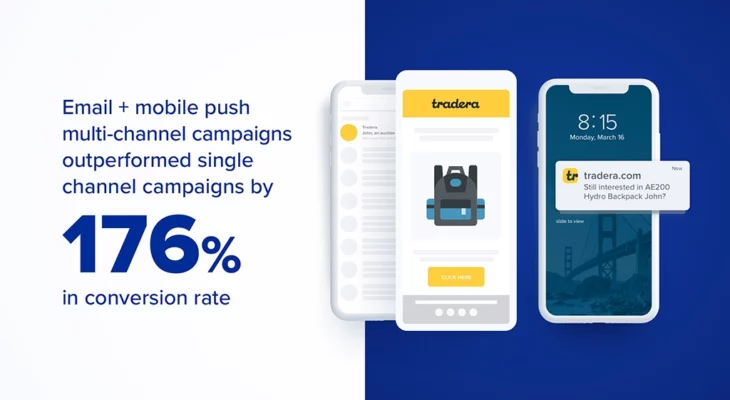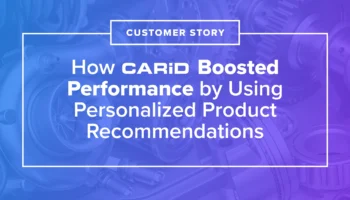This is part three of the series, 4 Ways to Increase ROI During Economic Uncertainty: Using Low-Cost Channels. Chief Growth Officer, Josh Francia, writes from the perspective of a business leader who’s achieved success throughout myriad economic struggles, including 2008’s recession, 2010’s volcanic eruption which halted air travel, and 2016’s Zika virus outbreak. For more on Josh’s experience, read part one, here.
As the global situation continues to develop rapidly and our lives are changed more and more by the day, professionals are still searching for answers to some of their most pressing questions. From my experience with the economic ups and downs of the past 15 years, I feel confident in a few key steps B2C brands can take to increase ROI and move forward positively at this time. In part one we talked about unifying data, in part two we examined AI’s benefits, and here in part three we’ll discuss how you can turn to low-cost channels and still see amazing results.



